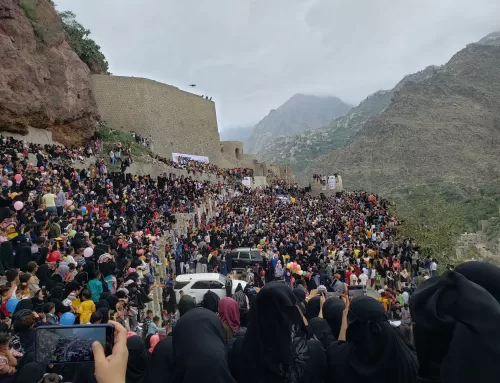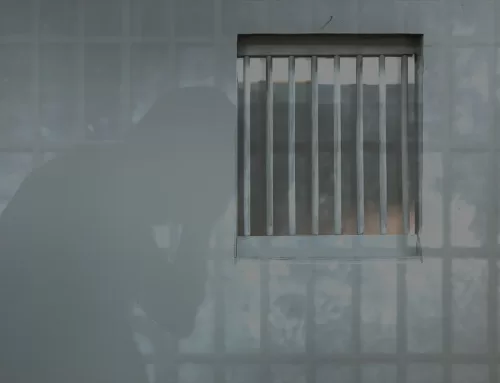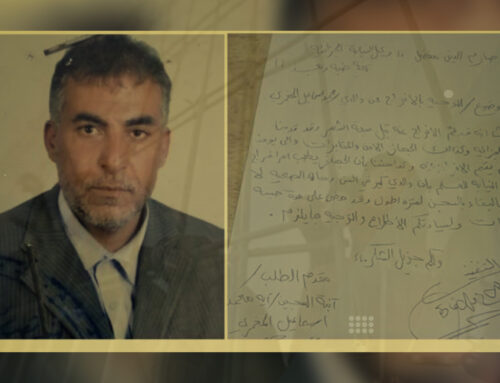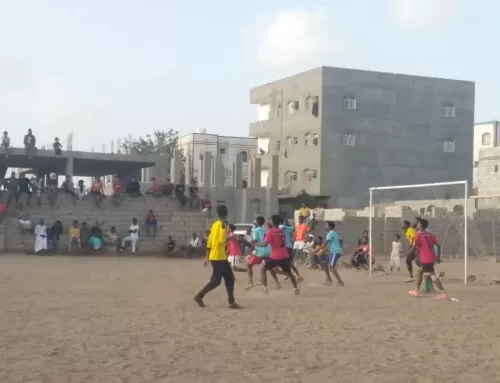“How The War Lengthened Our Journeys”
Ammar Hassan
July 7, 2021
When I receive an invitation to attend a human rights training course in Sana’a, I get mixed feelings. On the one hand, I feel happy for the chance to meet friendly colleagues and exchange experiences and skills, as well as benefit from the training program itself. On the other hand, there is a feeling of worry about the hardships and exhaustion of the journey, which no longer resembles what it used to be, except in names (from Mocha to Taiz and from Taiz to Sanaa).
Before the war, I used to consider my journey to Sana’a long if I had to travel for about ten hours by public transport. Normally, it took an hour and a half to two hours from Mocha to the city of Taiz, and then five to six hours from Taiz to Sana’a.
After the war, the road became longer and the route changed. I have often been worried about starting the journey and enduring it until I reach my destination. With the passage of time, these journeys have become increasingly long, severe and strenuous.
After the May 2015 siege on the city of Taiz by Ansar Allah (Houthis), all travel from Mocha had to pass through the city of Aden, on a rough road that has experienced so much destruction that it is comparable to secondary roads. It takes four to five hours to travel to Aden. Then, from Aden to Sana’a, the trip takes up to ten hours, passing through Al Dhale’e province.
More than a year ago, the Al-Dhalea road was cut off and the road from Aden changed to pass through the Al-Hawban area of Taiz. Half of this road passes through secondary roads, which pass through wadis and courses of torrents and storm floods before reaching Al-Hawban to go to Sana’a.
After the partial lifting of the siege of Taiz in August 2016, the route changed. The journey from Mocha to Taiz took seven hours, half of it on very uneven and arduous terrain, and the other half on a road which was asphalt in name only. Large chunks of the asphalt have eroded, and in many places, large patches of the road reveal unpaved gaps. Most of the flood bridges and drainage pipes have been destroyed, either by the explosives used by Ansar Allah (Houthis) or by aircraft missile strikes launched by the Saudi/UAE-led coalition.
The two parties have not repaired this destruction, leaving the people to find their own solutions to cross over these demolished areas to sustain their lives. Sometimes people bypass them, and sometimes they fill them with rocks and earth, which exacerbates the risks during torrential rain seasons.
After the hardship of the seven hours travel to reach Taiz, one has to spend 10 to 18 long hours to reach Al-Hawban (which is situated in the same city), three to four hours of which are through the narrow and rugged Al-Aqroudh road. This road is the alternate to the road that we used to take that allowed us to travel through the downtown part of the city in only 15 minutes. (For more on the suffering of the Al-Aqroudh road, read the blog Taiz: How 10 km has turned into 62 km.)
This is all possible only if the Al-Aqroudh route is not cut off – recently a very frequent occurrence – or else one must take the Samae’a road, requiring an increase in travel time of two to three hours on a more rocky, arduous, and dangerous mountain road as compared to the Al-Aqroudh route.
Once you finally reach Al-Hawban, you will resume your normal journey to Sana’a in no less than eight to ten hours.
For all this, it has become natural to divide the journey between two days, especially since the Al-Aqroudh road is closed after sunset every day. Continuing to travel from Mocha to Sana’a is an adversity that only those who have travelled on this road can imagine, especially traveling with family.
People need to travel to Sana’a for various reasons, and many travel to Sana’a for medical treatment. Imagine going through all of these hardships during each and every journey!
It is worthy to mention that all of the old roads that we used to take before the war were cut off by Ansar Allah (Houthis). Now, they share the alternate roads with the forces affiliated to the government of President Hadi or the coalition led by Saudi Arabia and the UAE.
Because all alternative routes pass through ravines and streams with possible water torrents and flash floods, they all pose a grave risk to people’s lives and livelihoods. In the best-case scenario, the floods cut off their travel path and delay them for hours or days, if the torrential rain continues. In worse cases, these torrents have caught people while they were in the middle of the wadis, often submerging cars and trucks which are swept away by floods on these roads.
What is more, the suffering of the people who travel on these roads is increased by checkpoints, which are affiliated with all parties to the conflict. Yet, Ansar Allah (Houthis) checkpoints are the most intransigent and uncompromising and often result in more delays added to the already long travel time.






